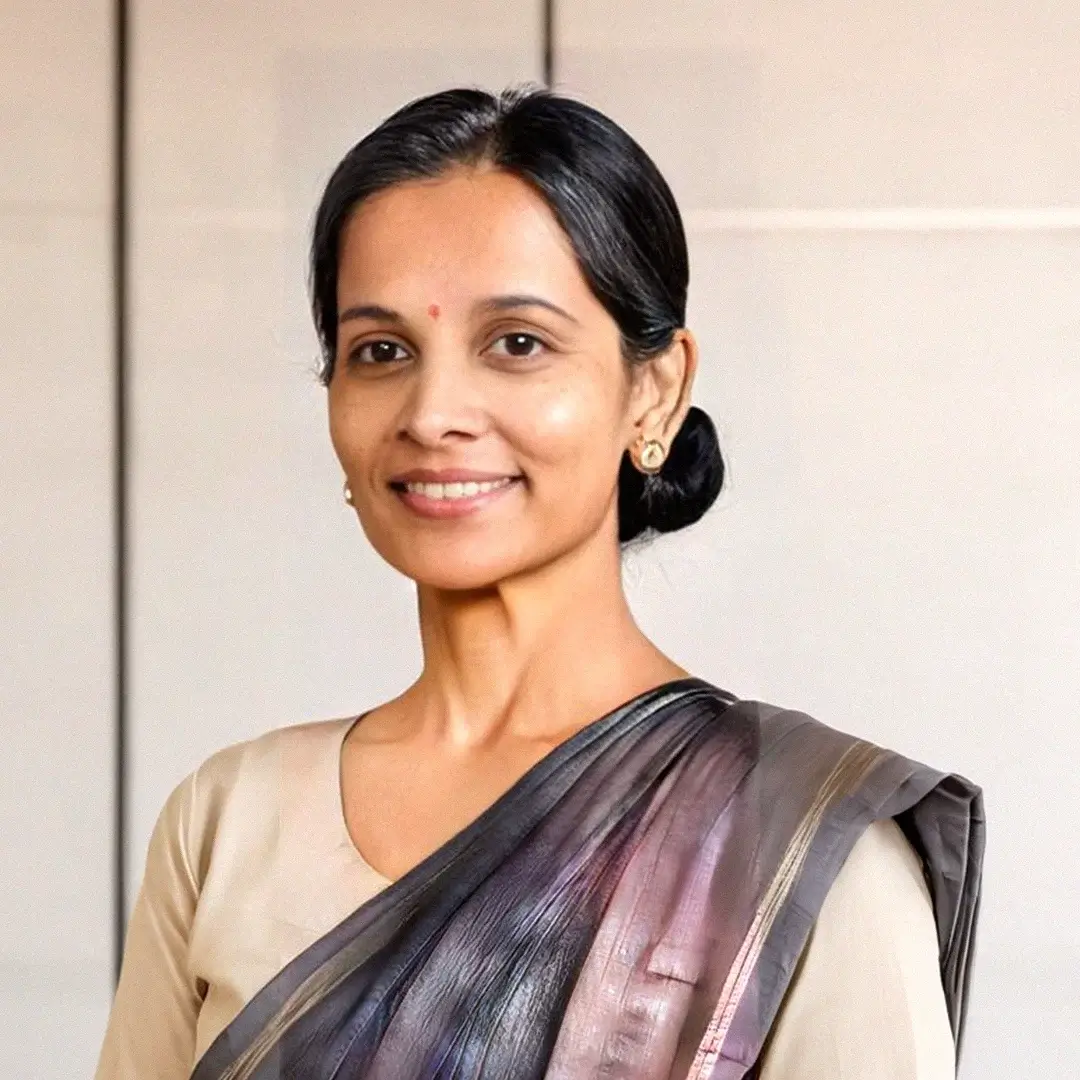Home › Intellectual property › Patent filing
Learn more about Patent Filing in India
When creating a new product, it is critical to consider its legal protection. Indeed, if your idea is not a true success right away, it might expand with time; legal protection through the application of a patent is then required to avoid any illegal duplication of our product or manufacturing technique. According to the World Intellectual Property Organization (WIPO), a patent is an exclusive right granted to a new invention. The owner of this right has the authority to decide if and how others may utilize the innovation. Persons other than the patent holder may not create, use, sell, or import the patented product or procedure without the patent holder’s permission.
Table of contents
Why file a Patent in India?
An “invention” is defined by the Indian law as any invention or technology which could not be anticipated by the publication of a document, used in the country or anywhere else in the world before the date of filing of the patent application including the complete characteristics of the thing. Due to the increase in demand from companies and individuals for the protection of their rights, India has been carrying out since the mid-1990’s major reforms regarding intellectual property rights in all its aspects. If this right is subdivided into two categories, artistic and industrial, the right concerning patenting is part of the second. In 2016, the country reaffirmed its primary ambition and announced their first major project to establish a national intellectual property rights policy. The government’s stated goal is to build “an India where intellectual property would drive creativity and innovation for the benefit of all.”
Since then, the offices in charge of intellectual property have been modernized, notably by digitizing procedures, increasing human resources and making the public and administrative and judicial authorities aware of intellectual property rights, which are often poorly known. In addition, tools have been put in place to help law enforcement agencies deal with IP-related crimes such as counterfeiting and piracy.
In the same vein, India has acceded to major international treaties governing inter-state cooperation in patenting and protection of patented products.
This ambitious policy seems to be bearing fruit, as patent applications in India have tripled in the last five years.
All intellectual property rights in India are controlled and enforced by the Controller General of Patents, Designs and Trademarks (CGPDTM), under the aegis of the Department of Industrial Policy and Promotion and the Minister of Commerce and Industry.
The office is responsible for the registration of patents through the Patents Offices located in New Delhi, Mumbai, Kolkata and Chennai, and ensures that each procedural step of the filing process is followed.
What are the rules applicables to Patent law in India?
National patent law
Patent legislation in India has been in existence for several centuries and has developed through the ages. The first one was “The Act VI” of 1856 on the protection of inventions, taking its source from the British Patent Act of 1852. Amendments were then made in 1872 and 1888.
Subsequently, this Act and its amendments were replaced by The Indian Patents & Designs Act of 1911 and then by The Patents Act of 1970. This Act is still in force today, but was amended in 1999, 2002 and 2005, a version that is still in use today in parallel with the Patent Amendment Rules of 2019.
International conventions ratified by India
India has been a party to the Patent Cooperation Treaty (PCT) since 2013. This treaty allows one to seek patent protection for an invention simultaneously in the signatory countries through a single application. For this, an international application must be filed. It is the main user of this system after China and has the PCT Office label, being able to perform search and examination reports on international patent applications.
It is also a party to TRIPS, the Agreement on Trade-Related Aspects of Intellectual Property Rights, which aims to integrate intellectual property rights into the WTO system.
Finally, India has also ratified the 1883 Paris Convention on Industrial Property, the first major convention to help creators ensure that their intellectual works are protected internationally.
Certain patent filing procedures in India are specific to cases where the application would have an international scope.
What are the categories of Patent applications?
The procedures differ depending on whether the patent application was previously made abroad and then in India for an international agreement, or whether it was made directly at the Indian Patent Office.
The national patent application in India, called “Ordinary Patent Application”, is filed at a Patent Office without claiming any priority with respect to the filing of an international application.
As for international applications, these are applications filed under an international agreement ratified by India. It can then be a Conventional application made under the Paris Convention (Convention Application) which, according to section 135 of the Patents Act, is applicable when the applicant claims priority in respect of the similar filing of a patent application in one or more member countries of the Paris Convention.
1. Whether the applications are national or international, they must meet the conditions of admissibility under the Patents Act. Thus, the inventor, his assignee or the legal representative of a deceased person, can apply for a patent. Each application must be made for an invention, or a group of inventions related to each other by an invented concept.
2. Although the Patent Act does not set out an exhaustive list of patentable elements, section 2 does set out three criteria for “patentability”: the invention must be new, have a certain degree of inventiveness (a technical advance compared to previous knowledge), and be capable of being produced via an industrial process. Finally, it must not fall into the categories set out in sections 3 and 4 of the act, which specify inventions that are not patentable (e.g. futile creations).
3. Before any filing procedure is completed, the patentability of the invention must be verified by a detailed search. This step is not legally required, but it is important to avoid wasting time and money. The objective here is to make sure that the invention meets the patentability criteria set forth in the Patents Act.
4. The applicant will then have to proceed with the careful drafting of the patent application. According to section 10 of the IPA 1970, the application must contain: a title, the field of invention, the context in which the invention was made, a statement of the purpose of the invention, a brief summary of the invention, drawings/designs and their explanations, a detailed description, the claims to the invention (“claims” in English, which define what subject matter is protected by the patent, to alert third parties to what they should not use, in order to avoid infringement of the patent filed.
Conditions for the national deposit application
Patent applications cannot be filed in just any Patent Office. Each of them has a territorial jurisdiction. It is therefore necessary to choose the office according to the Indian region in which the applicant company’s domicile or head office is located, but also the place where the product has been designed. It should be noted that since 2007, the filing of the application can be done either physically in a Patent Office or by electronic filing with the competent office. Several types of applications can be submitted to them:
The provisional application can be filed when the invention is still at an experimental stage. It does not require specific claims as to the features to be protected but must contain the title and a description emphasizing the novelty and inventive aspect of the invention. Following this application, the inventor has a period of 12 months to complete the development, ensure its commercial potential and file a complete application. If the applicant fails to meet the deadline, the application will be cancelled.
The complete application is a technical-legal document published, examined and granted by the Patent Office. It must describe in detail the invention as well as its main characteristics and reveal the most efficient way to realize it. It must also contain claims concerning the legal contours and limits of the invention.
The patent of addition is a modification of an existing invention for which a patent application has already been approved or filed.
An international patent application can be filed at the Patent Office in India under the Patent Cooperation Treaty. It allows you to file your application with more than 150 countries.
Conditions for the international application
Patent law is a territorial law. This means that a patent filed in India does not give any right outside its territory. However, India’s presence in several international agreements allows inventors to facilitate their applications to foreign countries.
Applications can be submitted to the Patent Office in India under the Patent Cooperation Treaty depending on whether the application is from an Indian national towards the international or a national of a foreign country member of the treaty wishing to enforce his intellectual property rights in India. The procedure then takes place in two phases. In the first phase, the international phase, which corresponds to the filing of the application and a series of reports and preliminary examinations. In the second phase, the national phase takes place, corresponding to the examination by the offices of the States in which the grant is requested. This phase must be initiated within 30 months from the date of the first national filing in the case of a priority right claim, or from the filing date of the PCT application if no priority right is claimed.
Conventional Application: An application filed with the Patent Office claiming a right of priority by virtue of a similar application filed in one or more Paris Convention countries. To benefit from this right, the applicant must file his application with the Indian administration within 12 months from the date of the first application concerning a similar invention in a member country of the convention.
The applicant may file several patent applications in the member countries of the Paris Convention of 1883, which grants a priority right of 12 months to file the application in each desired member country.
Each of these applications is subject to its own procedures, which must be respected in order for the applications to be validly constituted.
What are the procedures?
Ordinary Applications
To apply for a patent in India, several forms must be filled out and submitted to the Patent Office of the applicant’s jurisdiction. Applications can be filled out online or submitted in person. The complete procedure includes filing the application, publication, examination by the administration, and finally granting the patent.
Step 1. Filling the application
A first document ” Form 1 – Application for grant of patent ” must be submitted. It contains general information about the invention, the inventors and the applicants. A second document ” Form 2 – Provisional/Complete specification ” must provide the complete specifications of the invention in the case of a complete application, or more general and abstract specifications in the case of a provisional application. This depends on the progress of the inventive process. A drafted patent must also be attached to the two above-mentioned forms. It is a decisive element of the application since it will be used as a support by the Patent Office when taking a decision.
A declaration of inventor form must also be submitted to the administration (Form 5) and, if the patent is submitted by a small company or start-up, another document must be submitted (Form 28).
If the application is a provisional application, the inventor will have 12 months to finalize and complete the application. Otherwise, the application will be considered abandoned.
Step 2. Publication of the application
The application is published by the Patent Office after 18 months from the date of filing. However, the publication can be anticipated upon request, by submitting a new form (Form 9) to the Office.
Certain cases prevent the publication of the patent application. The Patents Act provides in its section 35 that the officer in charge of the application may classify the application as secret for reasons of defence secrecy or for any other reason, at his discretion. In the event of abandonment for failure to file a complete application or withdrawal of the application within three months prior to the date of publication of the application, no publication will be granted.
The purpose of publication is to allow any interested third party to oppose the grant of the patent. Section 25 of the Patent Act provides for this possibility by the filing of a Form 7A by the said third party within 6 months after the publication of the application.
Step 3. Examination of the application by the administration
The examination of the application is not compulsory, it must be requested by the applicant or any interested third party by means of a Form 18 or 18A for an accelerated examination. The administrative agent in charge of the examination will then ensure that the application complies with the rules established by the Patents Act and the Patents Rules. He may raise objections to the application. At the end of the examination, he issues a First Examination Report to the applicant and to the interested third party if there is one.
The applicant will then have a period of 6 months to respond to the objections raised, following which the administration may decide to convene the applicant (and the third party who filed the application if any) for a hearing to respond to the remaining objections, or to render a final decision.
At the end of this procedure, the patent will either be granted or refused.
Step 4. Granting of the application
Once the patent is granted to the inventor, the administration must enter it in the patent register, as well as the information concerning the inventor (name, address, nationality…), and proceed to its definitive publication.
The invention will then be protected for a period of 20 years before falling into the public domain. From the third year on, a fee will have to be paid to the administration to maintain the protection of the patent. This protection is renewable.
However, an opposition can be raised by any interested person within 12 months following the final publication date of the patent.
The Patent Cooperation Treaty procedure
This procedure is structured around an international phase and a national phase.
During the international phase, the application is filed by request and a series of forms must be completed. An international search is then carried out. Several administrations verify the criteria of patentability of the invention (identical to the criteria of Indian law) and ensure the uniqueness of the invention.
A search report is given to the applicant and to the foreign countries in which he wishes to see his invention protected. The inventor can then make changes to his invention or application if necessary, or withdraw it if no other solution is possible.
The international office then publishes the application. An additional search may be requested to ensure the soundness of the application and the invention.
After publication, the applicant has 30 months to make his application effective in the countries in which he wishes to claim protection. The national phase of the patent application then begins.
It should be noted, for the opening of the national phase and as provided for in Rule 49.4 of the Treaty, that no applicant may be required to use the national forms to perform the prescribed acts. It is, however, recommended to use the forms made available to applicants who are nationals of foreign countries. In India, Form No. 18 is made available to the persons concerned.
The applicant will have to pay the national fees of each country in which he wishes to file a patent, make the necessary translations and send a copy of the international application.
The Paris Convention procedure
There is no specific procedure for filing a patent through the Paris Convention. However, it establishes a series of standards to which member countries must adhere, and advantages that inventors in these countries enjoy.
For example, inventors have a right of priority, which provides that a person who has applied for protection in one of the contracting states has a period of 12 months to apply for the same protection in the others. Other persons applying for protection for a similar invention in these countries after the first application will therefore not be able to obtain it.
States are also constrained in certain cases. For example, they cannot invalidate or refuse a patent because of restrictions or limitations resulting from their national legislation.
What are the sanctions and remedies?
The Patents Act does not list the acts for which an infringement of the intellectual property rights conferred by the patent would be characterized. Section 48 of the said Act, however, lists the exclusive rights enjoyed by the recognized inventor. According to the law, he enjoys a monopoly on the manufacture, importation, use and sale of the protected invention. An infringement of this monopoly can therefore be the object of a legal action. It should be noted, however, that certain acts that could be considered as infringements are not, according to the law.
Acts not considered offenses
The Patents Acts provide in its section 107 that certain types of acts are not considered as infringements under patent law. This is the case for the use of the invention for experimental or research purposes, for educational purposes or for the compulsory grant of a license.
Competent jurisdictional bodies
India does not have a judicial body with special competence in intellectual property matters. Only the Intellectual Property Appellate Council is dedicated, but it is only competent to challenge decisions rendered by the Intellectual Property Office.
If an action must be brought, it will be necessary to approach the ordinary courts, such as the District Courts or the High Courts.
Possible remedies and sanctions
In civil matters, an action may be brought on the basis of an infringement of the Trade Marks Act of 1999 protecting intellectual property. In criminal matters, the offence of counterfeiting (characterized when a trademark is partially or totally reproduced or imitated), but also the sale, display or possession of counterfeit goods for commercial purposes.
In the event of a border crossing, customs authorities may detain suspected counterfeit goods for a period ranging from 24 hours to 3 months, in order to give companies time to prove the counterfeit and initiate the appropriate legal proceedings.
The civil sanctions can be various: the judge may issue an interlocutory injunction, forcing the person to do or not to do something while waiting for the judgment, but also a permanent injunction. Damages may be paid to compensate the owner of the trademark whose rights have been infringed, in addition to the confiscation of the infringing goods for destruction.
Ask our Lawyers
Ask your question and receive legal advice from a qualified lawyer
310 client reviews (4.8/5) ⭐⭐⭐⭐⭐
Share information




